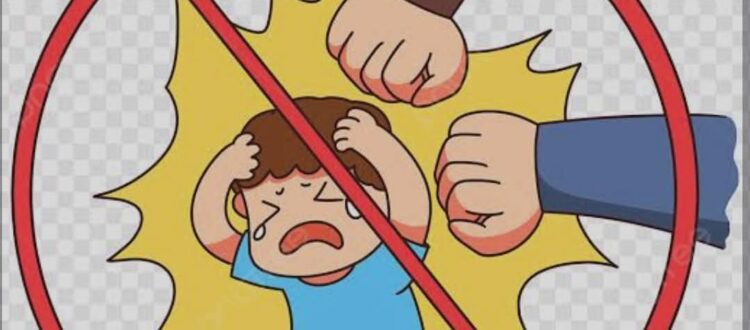
You are donating to : Criminal Factors Underlying Children’s Crimes Against Children
Understanding the criminological factors that contribute to children committing offences against other children is complex and multifaceted. Various criminal theories provide a framework to analyse this issue.
One significant theory is the “social control theory”, which highlights the importance of social bonds in deterring criminal behaviour. When children have weak connections with their families, schools, and communities, they are more prone to engaging in deviant actions (Hirschi, 1969).
A critical factor is the parents’ lack of control and responsiveness in anticipating potential threats or crimes against their children (Somaliagustina & Sari, 2018).
Another key perspective is offered by “social learning theory” (Bandura, 1977), which posits that children often learn behaviours—both aggressive and criminal—by observing and imitating the adults and peers around them. Exposure to violent content through media, including films, video games, and online platforms, can further exacerbate aggressive tendencies in children (Anderson & Bushman, 2002). The accessibility of technology and the internet has intensified this issue, allowing children to encounter harmful material that may trigger violent behaviours.
The “family environment” is also crucial in this context. Factors such as domestic violence, neglect, and inadequate parenting can significantly elevate the risk of children engaging in criminal activities. Children raised in violent households may experience trauma, leading to the development of aggressive behaviours as a coping mechanism. Additionally, societal issues like gender inequality and harmful social norms contribute to instances of crime, particularly in cases of sexual violence (Firiski, 2021).
On “an individual level”, factors such as mental health issues also play a role in criminal behaviour among children. Those suffering from behavioural disorders, depression, or anxiety disorders are at a higher risk of becoming involved in unlawful activities. Furthermore, the influence of peers can significantly impact a child’s propensity for crime (Diananda, 2019). The pressure to conform to peer group expectations may compel children to engage in illegal acts, further highlighting the interplay of various social and psychological factors in understanding this issue.
